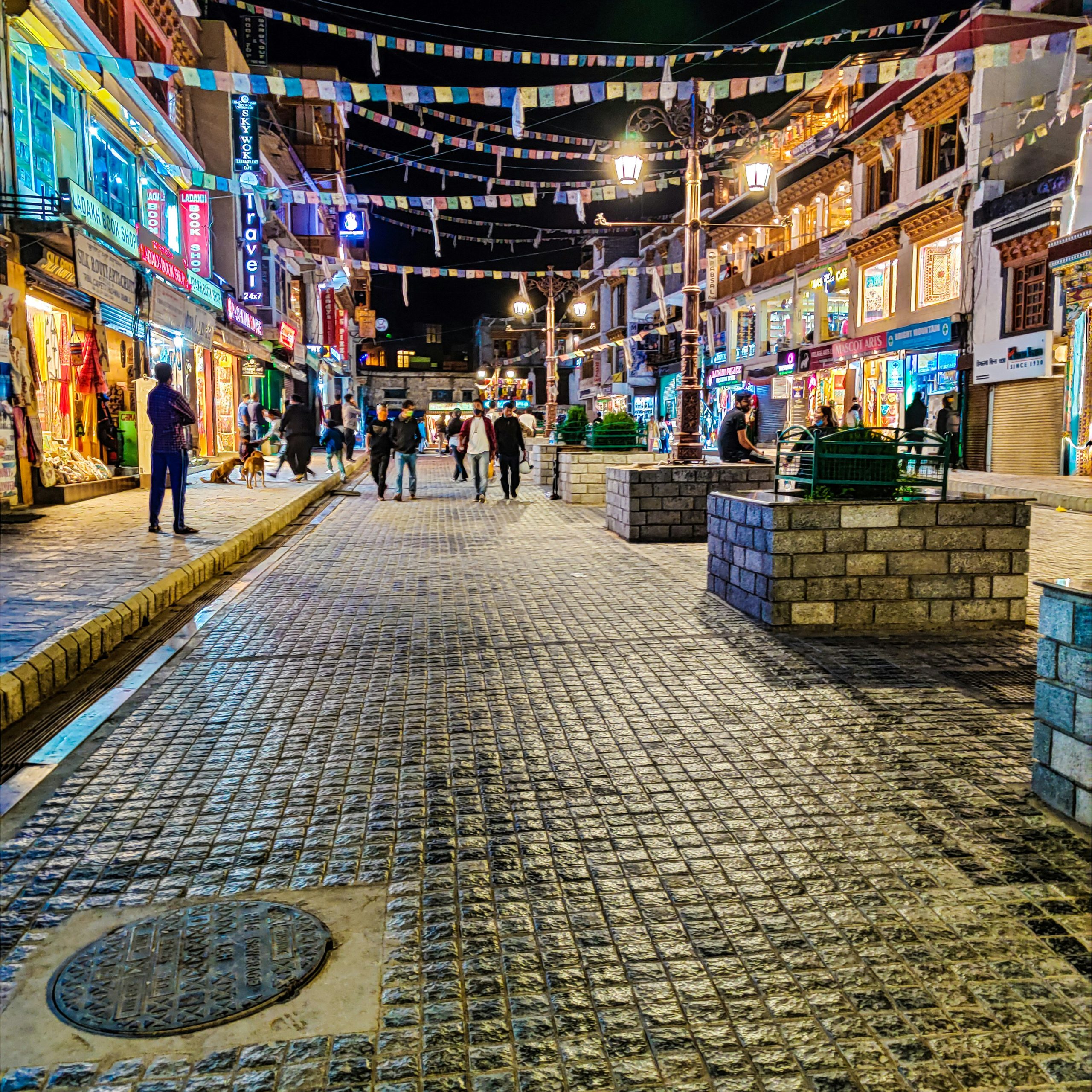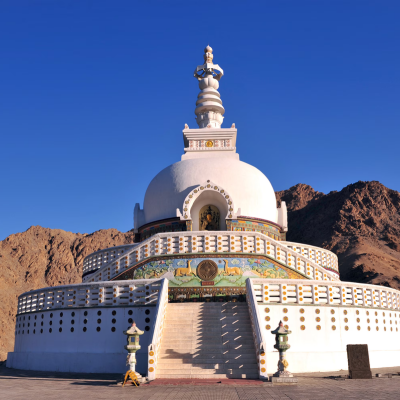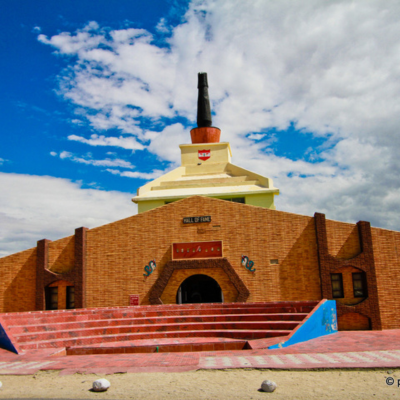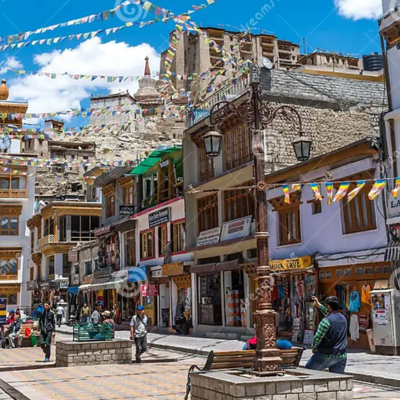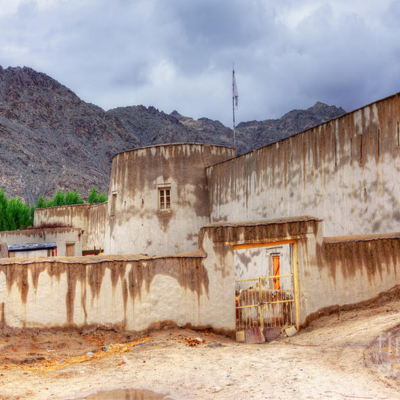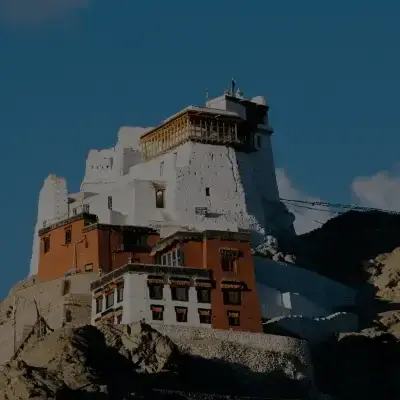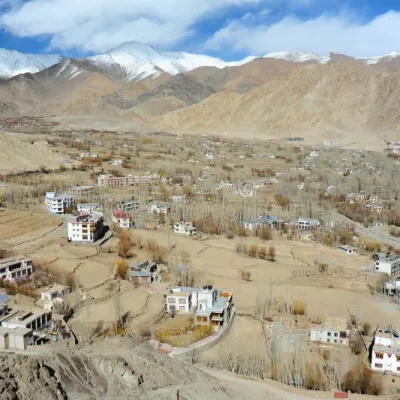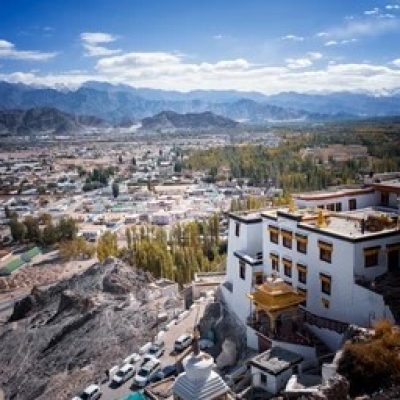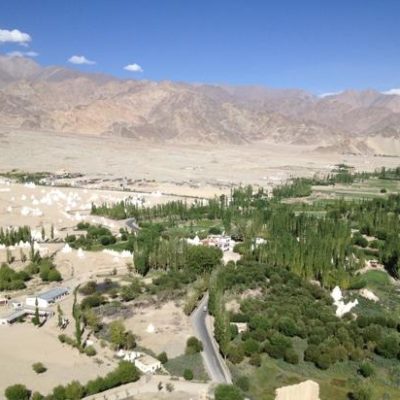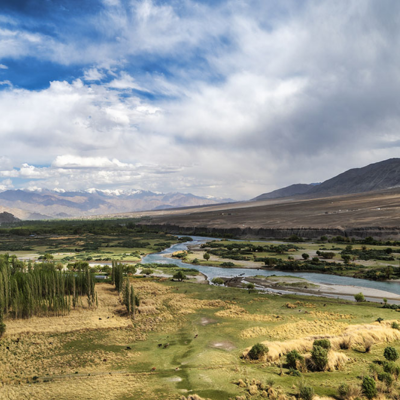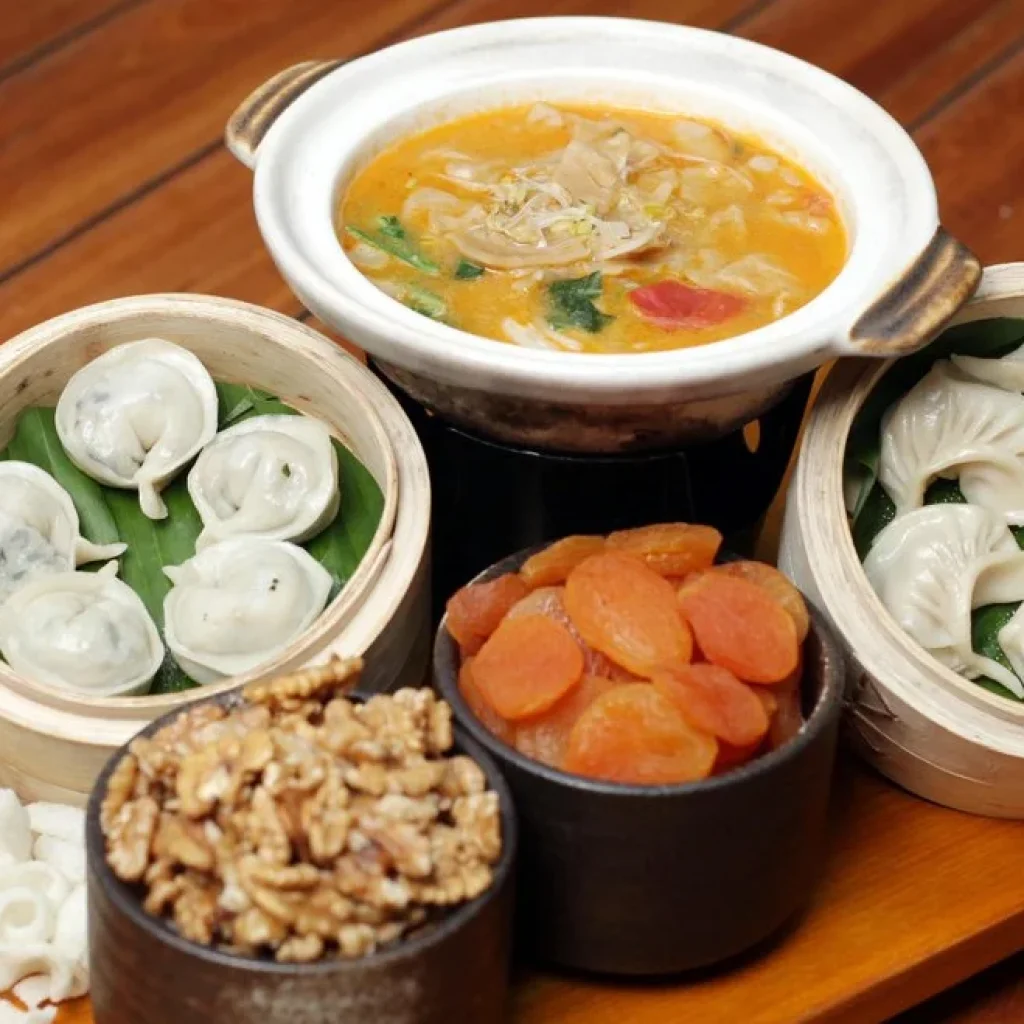Built during the reign of King Lhachen Ngaglug of the Ladakhi kingdom, Wanla Fort served as a regional military outpost and watchtower overseeing the entrance to the Wanla Valley. Its construction signified the need to protect Buddhist centers like the monastery at a time when invasions and political instability were frequent. Today, the fort stands as a cultural landmark preserving Ladakh’s legacy of self-reliant mountain architecture and royal lineage.
Architecture
The fort is a fine example of Ladakhi fort architecture, characterized by its stone masonry, mud-plastered walls, and multi-level layout built into the slope of the rocky hill. Although partly in ruins, visitors can still see remnants of defense walls, watchtowers, and small chambers. A central courtyard and elevated balconies once served as strategic observation points. The simplicity and strength of the design speak volumes of the engineering techniques used in the harsh Himalayan environment.


